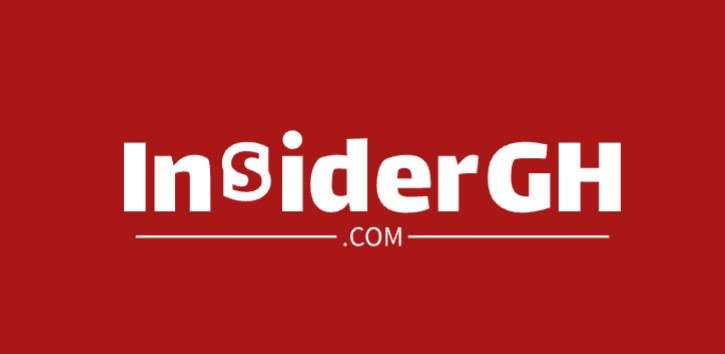In the ever-evolving landscape of digital advertising, privacy and consent have become significant concerns.
The implementation of the IAB Transparency and Consent Framework (TCF) has brought about new challenges for website owners.
In this article, we will explore the fundamentals of the IAB TC framework and provide practical solutions to resolve TC issues.
By understanding and effectively addressing these challenges, website owners can ensure compliance, maintain user trust, and enhance overall website performance.
Understanding the IAB Transparency and Consent Framewor
The IAB Transparency and Consent Framework was developed by the Interactive Advertising Bureau (IAB) to address privacy and consent requirements, particularly in relation to data protection regulations such as the GDPR and CCPA.
The framework facilitates the collection of user consent for data processing by website owners and third-party vendors.
It provides a standardized approach to ensure transparency, user choice, and compliance in digital advertising.
Identifying Common TC Issues
Before delving into the solutions, it is important to identify common TC issues that website owners may face.
These include improper implementation of the framework, incomplete or misleading consent notices, lack of granularity in consent options, and non-compliance with data protection regulations.
Understanding these issues will allow website owners to proactively address them and improve their compliance with the IAB TC framework.
Implementing the IAB TC Framework Correctly
Proper implementation of the IAB TC framework is crucial to resolving TC issues.
This involves integrating the necessary code snippets and configuring a consent management platform (CMP) that complies with the framework’s guidelines.
By adopting a compliant CMP, website owners can ensure that users are presented with clear and accurate consent notices, providing them with choices regarding data processing.
Optimizing Consent Management
To enhance website performance and address TC issues effectively, optimizing consent management is essential.
Website owners should focus on creating user-friendly consent interfaces that are transparent and easy to navigate.
Clear communication regarding data collection, processing purposes, and third-party vendors is key.
Offering granular consent options allows users to choose the specific types of data processing they are comfortable with, which fosters trust and improves the user experience.
Monitoring Compliance and Regular Audits
Regularly monitoring compliance with the IAB TC framework is crucial to address any emerging issues promptly.
Utilize compliance monitoring tools and conduct regular audits to ensure that your website’s implementation remains up-to-date and aligned with regulatory requirements.
By proactively monitoring compliance, you can identify and rectify any potential TC issues, thereby mitigating the risk of penalties and maintaining a trustworthy online presence.
As digital privacy regulations continue to evolve, the IAB Transparency and Consent Framework serves as an essential tool for website owners to navigate the complexities of user consent.
By understanding the framework, implementing it correctly, optimizing consent management, and conducting regular compliance audits, website owners can effectively resolve TC issues.
This not only ensures compliance with data protection regulations but also enhances user trust and improves overall website performance in the digital advertising ecosystem.









































